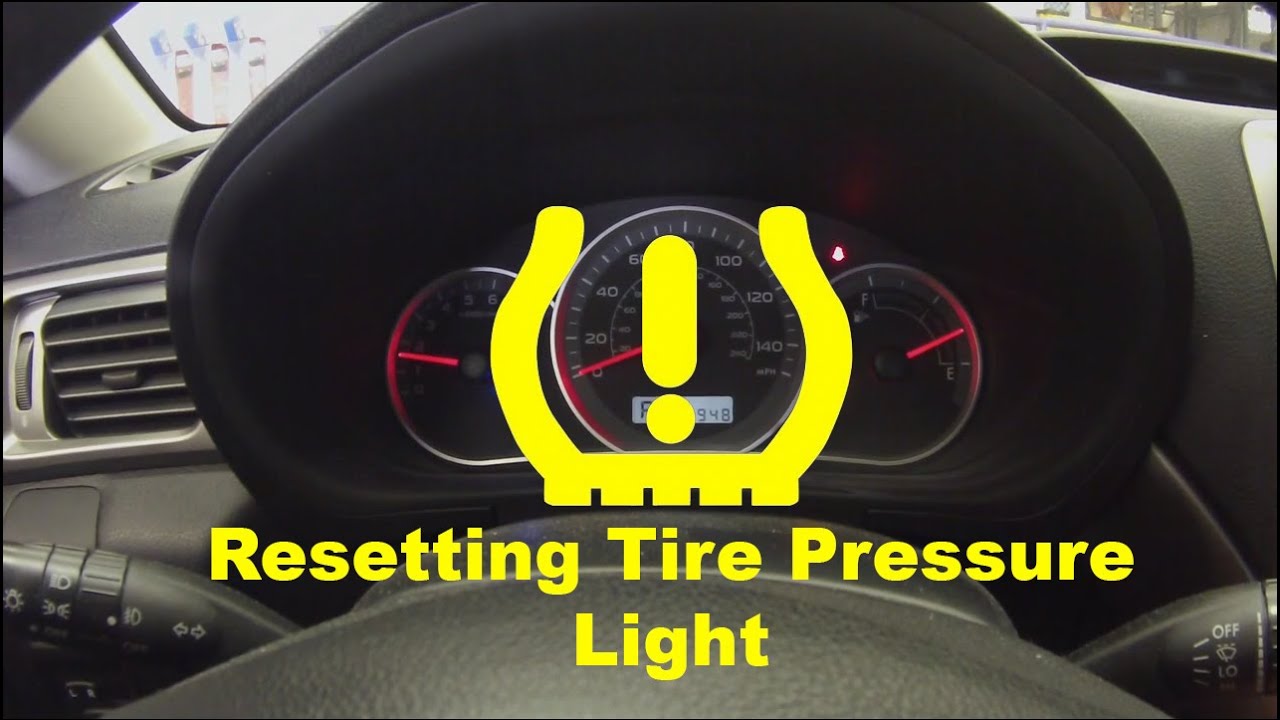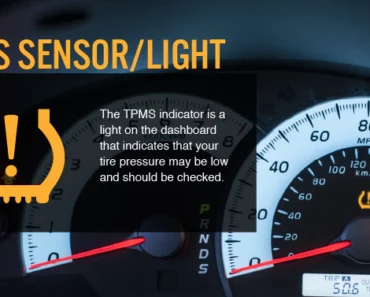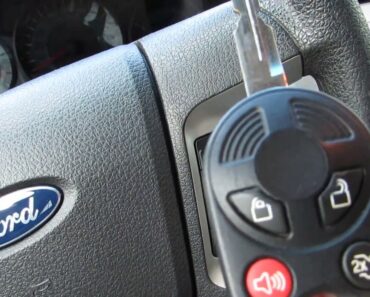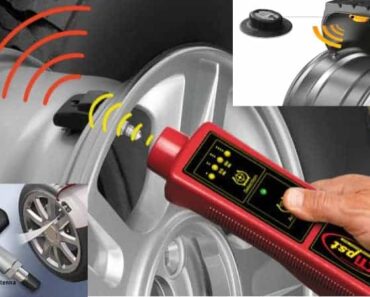Tire pressure sensors are installed in each tire to monitor how much air is in the tires. When the pressure is low, the system sends a warning to the driver and illuminates a light on the dashboard.
The TPMS is a great feature that helps prevent tire failure and other serious safety issues. However, it can be prone to problems.
Check Your Tire Pressure
Tires are a crucial part of any vehicle, so it’s important to check them regularly. This will ensure your tires are inflated to the correct pressure, which can help you save money on fuel and improve your car’s performance.
The first step to checking your tire pressure is finding out what the recommended PSI is for your tires. This information is usually listed on a sticker or placard in the door of your car, and it can also be found in the vehicle owner’s manual.
If your tire pressure is a little low, you’ll notice it when you’re driving. This can cause uneven tire wear, which can make it difficult to drive your vehicle. It can also result in reduced fuel economy.
To check your tire pressure, remove the cap from the valve stem and insert a pressure gauge into the opening. Then, press down firmly to stop air from escaping.
Once you’ve gotten a reading, compare it to the pressure recommended by your vehicle manufacturer and your tire manufacturer. This will help you determine if your tires need to be inflated or replaced.
A low reading can mean that one or more of your TPMS sensors are bad. To determine which one is faulty, you can use a TPMS diagnostic tool or scanner to check the error codes.
This will allow you to pinpoint which faulty sensor is causing your warning light to come on. Then, you can take your car to a dealership or service center to have it checked and repaired.
Another way to check your TPMS system is to manually inflate each tire to its recommended psi, then compare the readings on the dashboard with those of your tires. If the difference is significant, it could be an indication that a faulty sensor needs to be replaced.
A faulty TPMS sensor is a serious safety hazard, so it’s important to get it fixed as soon as possible. Moreover, keeping your tires properly inflated can help you save money on fuel and extend the lifespan of your tires.
Check the Valve Stem
Valve stems are a crucial part of your tires. They allow you to put air in your tire, and they also control the way the pressure is released if you need to change the tire.
They also help to keep the rubber seals from wearing out and leaking. If your valve stem is leaky, then you’re going to have a hard time maintaining the pressure in your tires.
You should be replacing your valve stems every few thousand miles or so. It’s important to do so, because a worn-out valve stem will lead to premature wear of your tires, flats, and even damage to the TPMS system.
Fortunately, changing your valve stems can be a quick and easy DIY project. The process is simple and only requires a few tools. You’ll need a lug wrench, a tire iron, and a valve stem tool.
Once you have the right tools, jack up your vehicle and remove the wheel. Then, squirt some soapy water into your valve stem and look for bubbles forming. If there are bubbles, it means that your valve stem is leaking and you need to replace it.
After replacing your valve stem, be sure to check your new one for any snags or loose parts. Especially if you’re using a snap-in type, it’s a good idea to use a non-petroleum lubricant when installing it in the valve stem hole.
Finally, be sure to clean out your valve core, which is a small metal piece that threads into the inside of your tire’s valve stem. It consists of a seal attached to a spring-loaded pin.
When a TPMS sensor starts to break down or develop corrosion, the sensors are no longer able to communicate with the system and it will begin warning you about a fault. This can be a serious problem, as it could potentially cause you to lose air in your tires and cause a loss of control of your vehicle.
Reset the Sensor
The TPMS (tire pressure monitoring system) has been a mandatory feature of cars since 2007. It’s an important component that warns drivers of underinflated or overinflated tires to help prevent accidents.
If your tire pressure light is flashing or blinking, this can indicate a problem with the TPMS sensor. You may have to reset it to fix the problem.
First, you need to check your car’s owner’s manual to find out where the TPMS reset button is located. This will be under your steering wheel or somewhere else in the vehicle’s dashboard area.
Once you’ve located the button, press it and wait for about 20 minutes. This will give the TPMS sensor time to refresh itself and remove any issues it may have.
Another option is to drive the car at a speed of about 50 mph for 10 minutes. This should clear the sensor and reset the warning light.
However, this method can be complicated if your car has a TPMS that requires programming and scanning. If you’re unsure how to do this, you can contact a service center or car shop for assistance.
You can also try resetting your TPMS sensor at home by turning the car’s key to the “on” position and pressing the TPMS reset button. Hold the button down until the sensor light flashes three times, then release it.
If the light doesn’t go off after you’ve driven the car for a while, it can be helpful to take the vehicle back to your mechanic in Winter Haven. Your mechanic will be able to check and reset the sensor for you, which will ensure that it is working properly once again.
One of the most common reasons for a TPMS fault to occur is faulty wiring, which can be the result of an inexperienced auto mechanic tampering with the wires while they were servicing the tires.
It’s critical that all vehicles have a tire pressure sensor on each tire, as this is the only way that drivers can know whether their tires are underinflated or overinflated. Underinflated tires can cause a lot of problems on the road, including blowouts and tire failure.
Replace the Sensor
If you are driving an SUV or a truck and see the Tire Pressure Sensor Fault symbol on your dashboard, it is important to fix it as soon as possible. This light can be a sign of a variety of problems, from an air valve stem that is corroded to a damaged wiring harness.
The TPMS system in your vehicle uses a series of sensors to monitor the air pressure in each of your tires. This information is then sent to a central control unit. If your TPMS control unit is unable to communicate with any of the sensors, the Tire Pressure Sensor Fault indicator appears on the dashboard.
One of the most common causes for this fault is a defective TPMS sensor. You may be able to determine which sensor is bad by using a TPMS diagnostic tool or scanner that is connected to your vehicle’s OBD-II port. You can also compare the pressure readings in each of your tires with those displayed on your dashboard.
Another symptom of a faulty TPMS sensor is an inaccurate or erratic reading. This can be a sign that your TPMS has stopped working completely or is malfunctioning.
It is best to have your tires inspected by an experienced mechanic when the Tire Pressure Sensor Fault symbol appears on your dashboard. This will ensure that you have a proper inspection, which could help diagnose the problem and fix it quickly.
In some cases, the TPMS may have lost its communication with the control module, which requires a complete reset. This can be done with a quality TPMS reset tool.
While this procedure can be difficult, it is worth the effort. It will prevent your TPMS from acting up in the future and help you avoid having to replace all four of your tires when they wear out.
If you are unsure about what to do, it is a good idea to consult your owner’s manual for guidance. It will provide you with a comprehensive list of steps to follow when changing a faulty sensor. You can also ask your auto technician to assist you with this task. Having a qualified mechanic perform this task will save you time and money in the long run.





